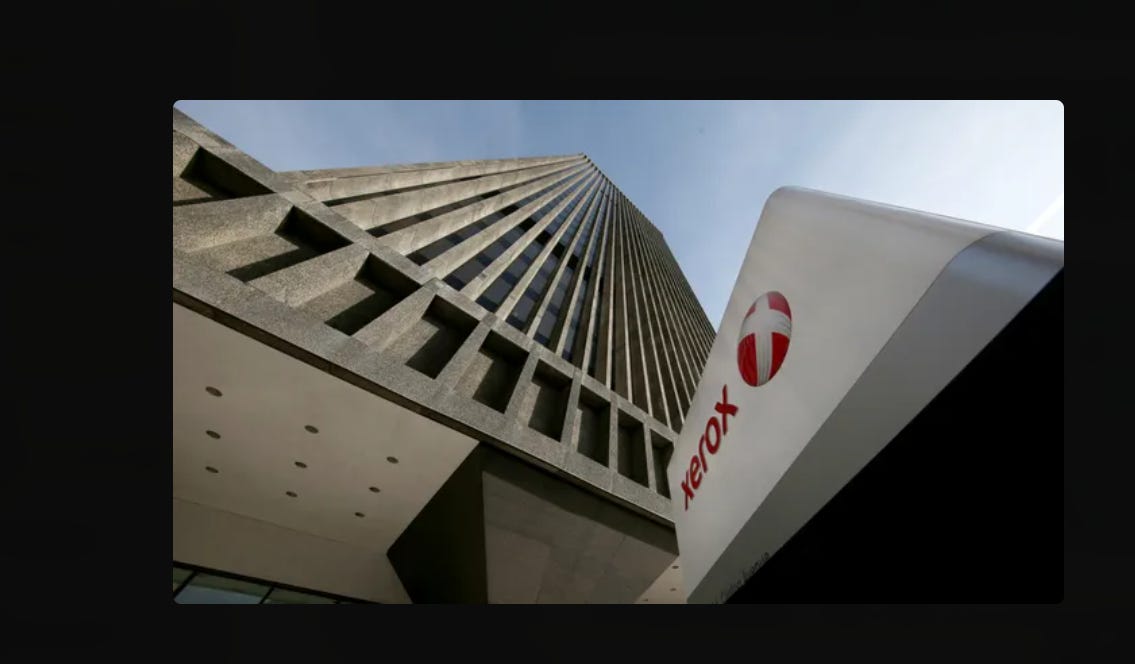Hartford Connecticut: Once the World’s Wealthiest City is Now on the Brink of Bankruptcy
From insurance capital to economic decline, Hartford faces unprecedented challenges with shrinking financial services, job losses, and a struggling economy. BUT USA OFFICIALS SAY THERE IS NO RECESSION
Hartford Connecticut, One of the Highest SES (Socio-Economic Status) on the Planet
Hartford, Connecticut, has long been recognized as a vital financial center, particularly in the banking and insurance sectors. Known as the "Insurance Capital of the World," Hartford's prominence in the insurance industry began in the early 19th century with the establishment of pioneering companies like The Hartford Fire Insurance Company and Aetna.
These firms were among the first to offer comprehensive coverage options, including fire, accident, and life insurance policies, setting standards for reliability and innovation.
Today, Hartford hosts numerous major insurers and financial institutions, contributing significantly to both state and national economies.
Assessment: $114.5 Million in 2015 (Sold for $113.2 Million)
Now worth $64 Million in 2024
ALMOST 50% Discount
What is Going on everyone
Hartford's iconic City Place I tower, the city's tallest skyscraper, is facing significant financial challenges. The 38-story, 885,000-square-foot building, constructed in 1983 and renovated in 2010, has experienced a dramatic decline in value and occupancy rates over the past decade.
In 2015, the tower was sold to Boston investor Paradigm Properties for $113.2 million, with an appraised value of $114.5 million. However, a recent appraisal has revealed a stark reality: the property's value has plummeted to $64 million, representing a staggering loss of nearly half its worth.
This sharp decline in value is closely tied to the building's occupancy rates, which have fallen to approximately 50% or potentially even lower.
The reduced occupancy has likely contributed to decreased rental income and overall property performance.
The financial strain on City Place I is further evidenced by the status of its purchase loan. According to Trepp, a commercial real estate data tracking firm, the loan that funded the 2015 acquisition is now delinquent and in special servicing. Special servicing is a process typically employed for troubled commercial mortgage-backed security loans that require intervention or restructuring.
This situation reflects broader challenges facing commercial real estate in many urban centers, particularly in the wake of changing work patterns and economic pressures. The significant value loss of Hartford's tallest office tower may have ripple effects on the city's commercial real estate market and potentially on its status as a financial center.
As Hartford grapples with these challenges, the fate of City Place I could serve as a bellwether for the city's overall commercial real estate health and its ability to maintain its position as a key financial hub in the region.
Hartford, Once the World’s Wealthiest City is Now on the Brink of Bankruptcy
The dramatic decline in value of Hartford's City Place I tower is not an isolated incident, but rather a symptom of a broader crisis unfolding in the commercial real estate market across the United States. Similar scenarios are playing out in major cities, highlighting the severity of the situation.
In Washington D.C., the Xerox building recently sold for a mere $25 million, a staggering 83% discount from its previous sale price of $145 million in 2011. This represents an even more drastic reduction than Hartford's City Place I, underscoring the widespread nature of the problem.
San Francisco and Manhattan are also experiencing significant challenges in their commercial real estate markets. Both cities have seen rising vacancy rates and declining property values, with some buildings selling for fractions of their former worth. The trend of remote work has hit these traditionally bustling business centers particularly hard, leading to a surplus of office space and diminished demand.
The scale of these losses poses a severe threat to the banking sector. Unlike the subprime mortgage crisis of 2008, which primarily affected residential properties, the current commercial real estate collapse is potentially more significant and far-reaching. Banks and other financial institutions are now facing the prospect of massive write-downs on commercial real estate loans, which could strain their balance sheets and liquidity.
Fitch Ratings predicts that the delinquency rate for commercial mortgage-backed securities will reach unprecedented levels, surpassing even those seen during the Great Financial Crisis. This suggests that the impact of the commercial real estate collapse could be more severe and longer-lasting than the 2008 crisis.
The situation is further complicated by the large volume of commercial real estate debt set to mature in the coming years. With property values plummeting and refinancing options limited due to higher interest rates, many property owners may find themselves unable to meet their obligations, potentially triggering a wave of defaults that could ripple through the financial system.
An office building just sold at a shocking 83% 'discount' to what it last sold for
The Xerox building in the Washington DC area sold for $25 million, or $83 per SF
What did the 300 sq ft tower last sell for? $145 million in 2011, acquired by investment firm TIAA The building is reportedly at least ~38% vacant Washington DC's commercial real estate market has gone from scary to cataclysmic and there's no signs of the troubles slowing any time soon.
end of segment
not financial advice
our opinions are not our sponsors
editorial department is sole and separate from promotions






